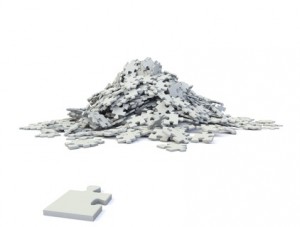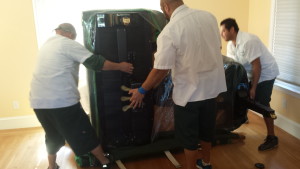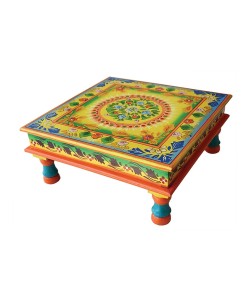I recently joined a group of skilled service professionals who serve Bay Area seniors and their families. We vetted each others businesses and through this collaboration, we provide a wide range of specialized services, catering to seniors,
Download the Bay Area Senior Services Network flyer by clicking on the link below
SENIOR SERVICES NETWORK (PDF)








